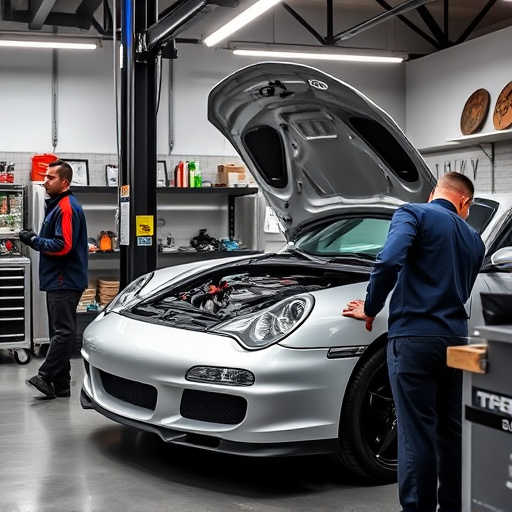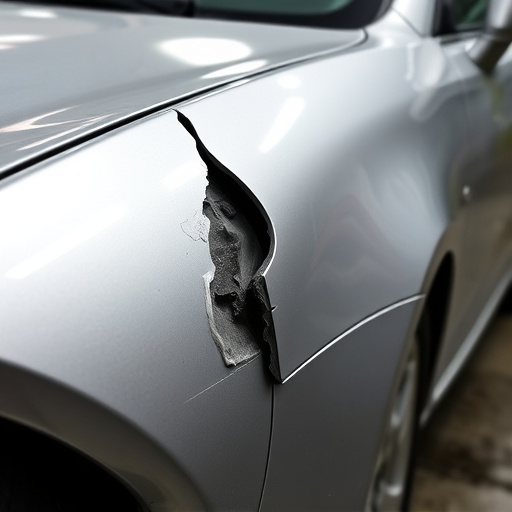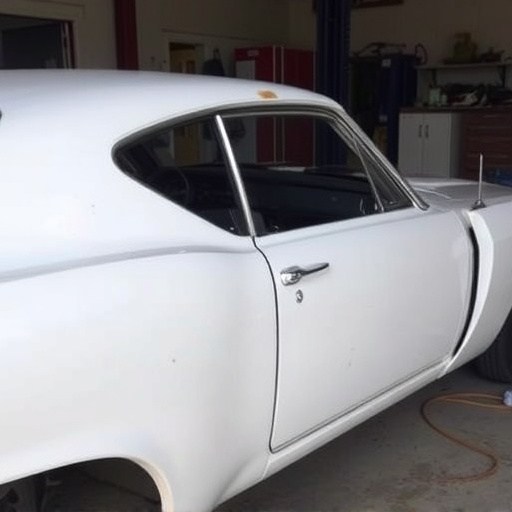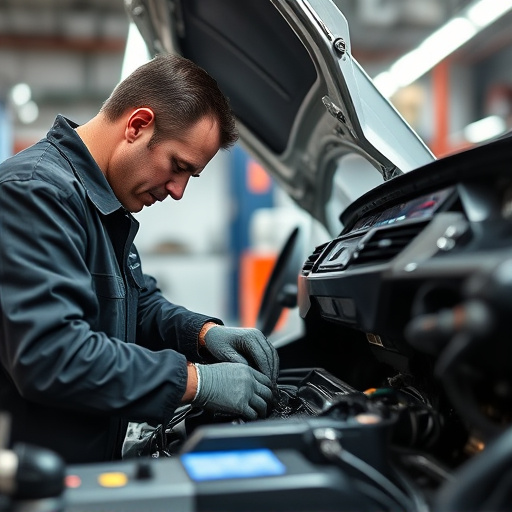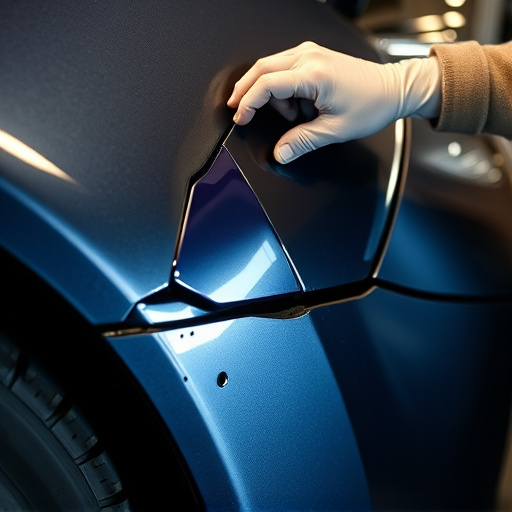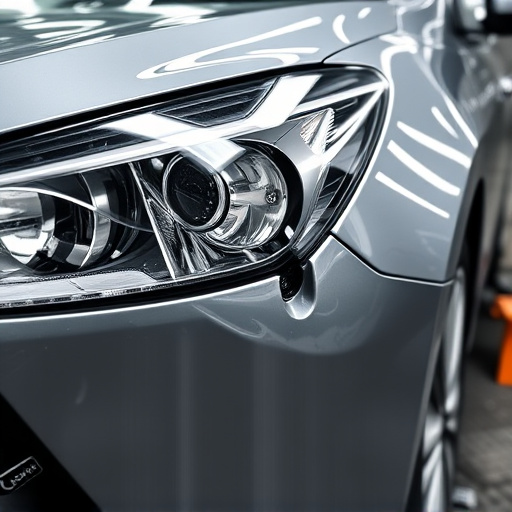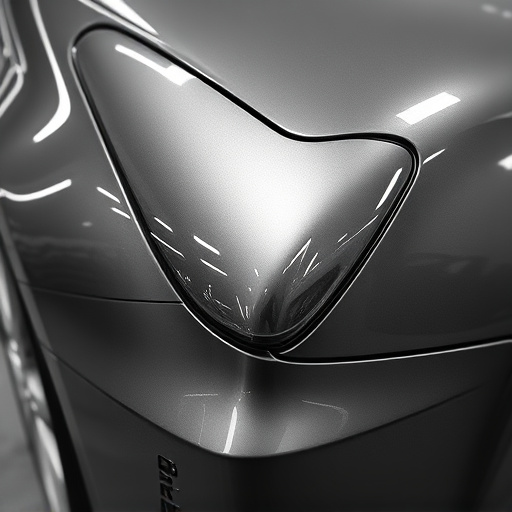Insurance-approved repair is crucial for auto body shops to offer peace of mind and financial security after vehicle damage or accidents, ensuring safe, reliable, and cost-effective repairs that meet industry standards. To achieve this status, shops must adhere to safety regulations, organize workspace, implement health & safety protocols, maintain detailed records, stay informed about insurance guidelines, and provide transparent communication for claims handling. By following these best practices, shops can facilitate faster approvals, build trust with customers and insurers, and deliver a seamless experience.
“New to the auto repair industry? Navigating the complex world of insurance-approved repairs can seem daunting. But fear not! This comprehensive beginner’s guide breaks down everything you need to know to secure and maintain approval from insurance companies.
From understanding the fundamentals of insurance-approved repair to preparing your shop for inspection, we provide a step-by-step approach. Learn expert tips and best practices to ensure your business meets the highest standards, leaving you confident in your ability to deliver quality repairs.”
- Understanding Insurance-Approved Repair: The Basics
- Preparing Your Shop for Approval: Step-by-Step Guide
- Achieving and Maintaining Insurance Approval: Tips and Best Practices
Understanding Insurance-Approved Repair: The Basics

When it comes to car repairs, especially after an accident or damage, having insurance-approved repair work is crucial for ensuring your peace of mind and financial security. Insurance-approved repair refers to services that are in line with the specific guidelines and standards set by your insurance provider, guaranteeing that your vehicle’s restoration meets their requirements. This process involves a meticulous assessment and approval step to verify that the auto repair services performed are safe, reliable, and within budget.
For instance, auto collision repair or car dent repair facilities must adhere to certain quality measures to gain and maintain this approval. These repairs could range from replacing damaged panels to intricate body work, all of which should be documented and authorized by your insurance company. Understanding the basics of insurance-approved repair allows vehicle owners to make informed decisions when choosing auto repair services, ensuring their investment in their car’s restoration is both effective and cost-efficient.
Preparing Your Shop for Approval: Step-by-Step Guide
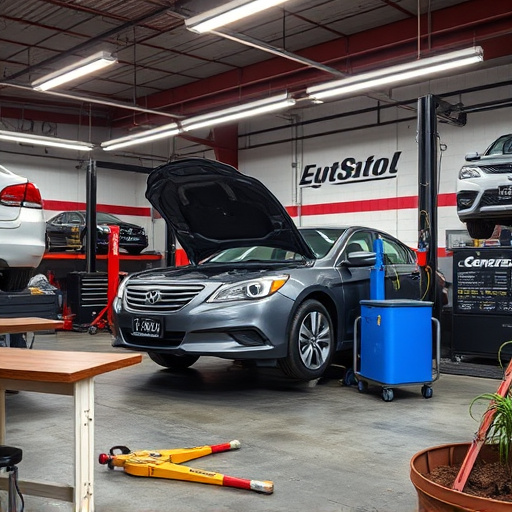
To prepare your shop for insurance-approved repair status, start by assessing your facility against industry standards and regulations. This involves ensuring your space meets safety requirements, with proper ventilation, lighting, and access to clean water and waste disposal. Next, organize your workspace efficiently; a well-structured shop aids in streamlined operations and enhances productivity.
Implement robust health and safety protocols, including the provision of personal protective equipment (PPE) for all staff. Offer training on specific repair techniques, such as paintless dent repair, to demonstrate expertise in modern auto body services. For vehicle restoration projects, maintain detailed records of materials used and work performed to showcase your shop’s professionalism and commitment to quality.
Achieving and Maintaining Insurance Approval: Tips and Best Practices
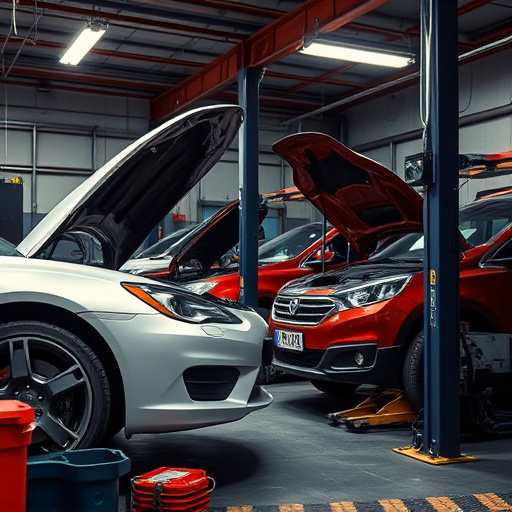
Achieving insurance approval for your repair work is a crucial step to ensure smooth operations as an automotive body shop or auto collision center. To start, understand that each insurance company has its own set of guidelines and procedures for approving repairs. Stay up-to-date with these requirements, attending industry webinars or subscribing to insurance company newsletters to keep informed about any changes. Regularly review your policies and processes to ensure compliance.
When handling a claim, maintain clear and detailed records of the damage, repair estimates, and communication with the insured and insurance provider. Utilize digital documentation for easier reference and retrieval. Offer transparent quotes outlining each service, including car paint services, to build trust and facilitate faster approval. Keep open lines of communication with the insurer, promptly addressing any concerns or discrepancies to avoid delays or denials. By following these best practices, you can achieve and maintain insurance-approved repair status, ensuring a seamless experience for both your customers and their insurance companies.
Repairs that meet insurance-approved standards are essential for ensuring quality, safety, and customer satisfaction. By understanding the basics of insurance-approved repair, preparing your shop accordingly, and adhering to best practices, you can achieve and maintain this crucial approval. This comprehensive guide serves as a starting point, empowering beginners to navigate the process confidently and deliver top-notch repairs that meet industry standards.


